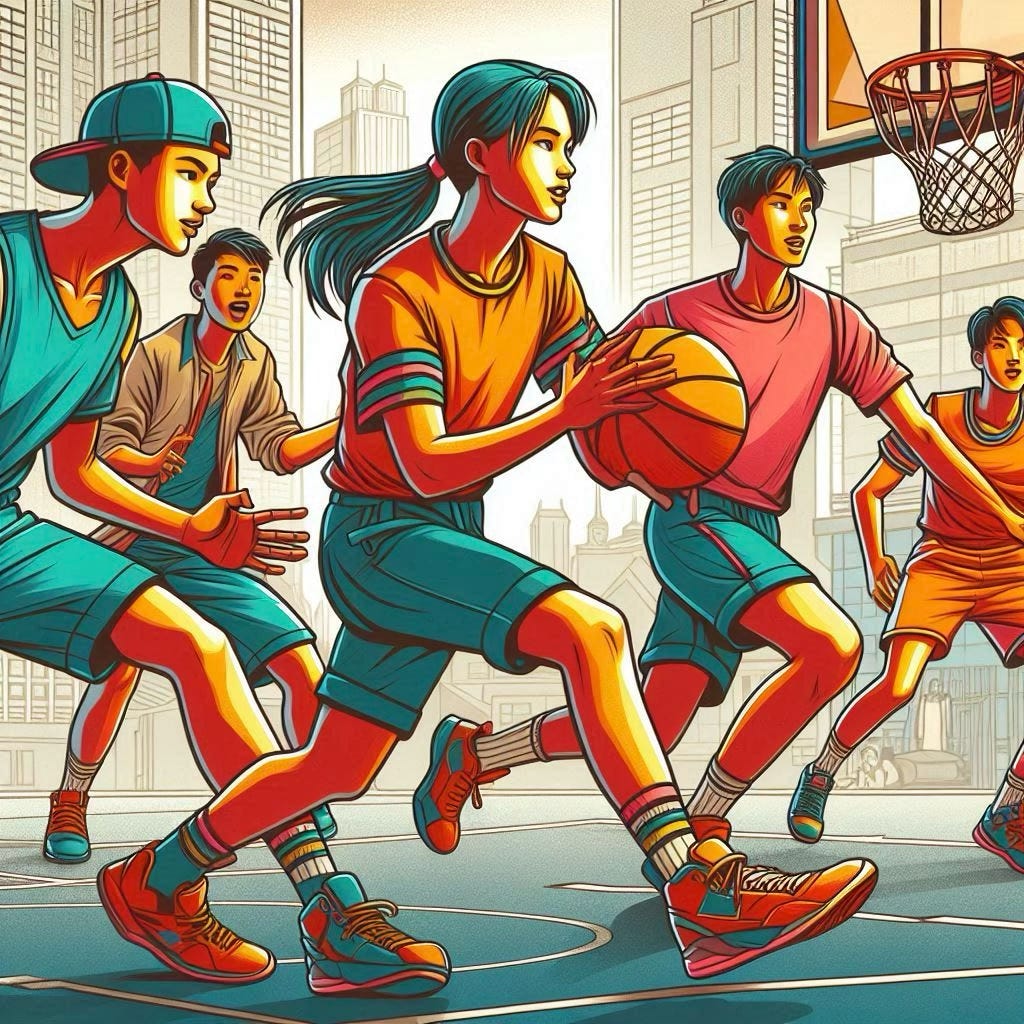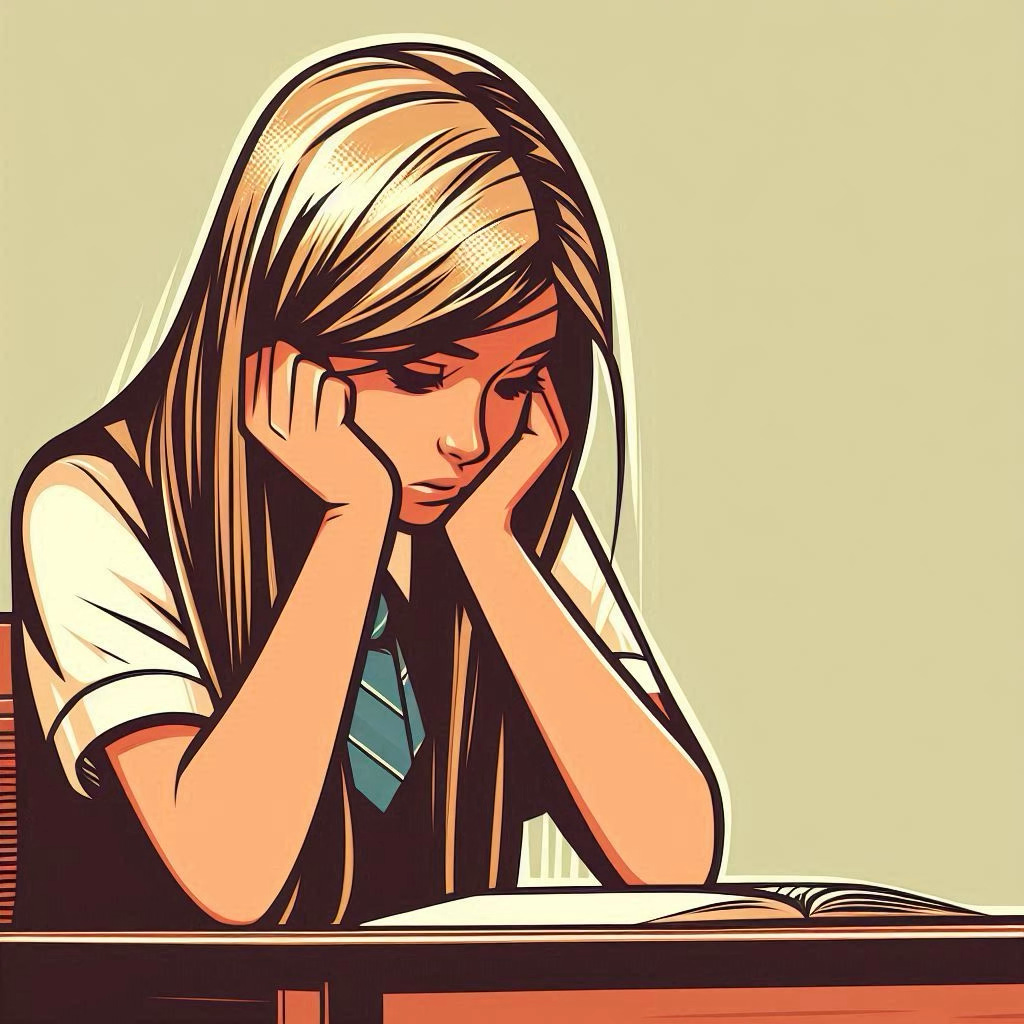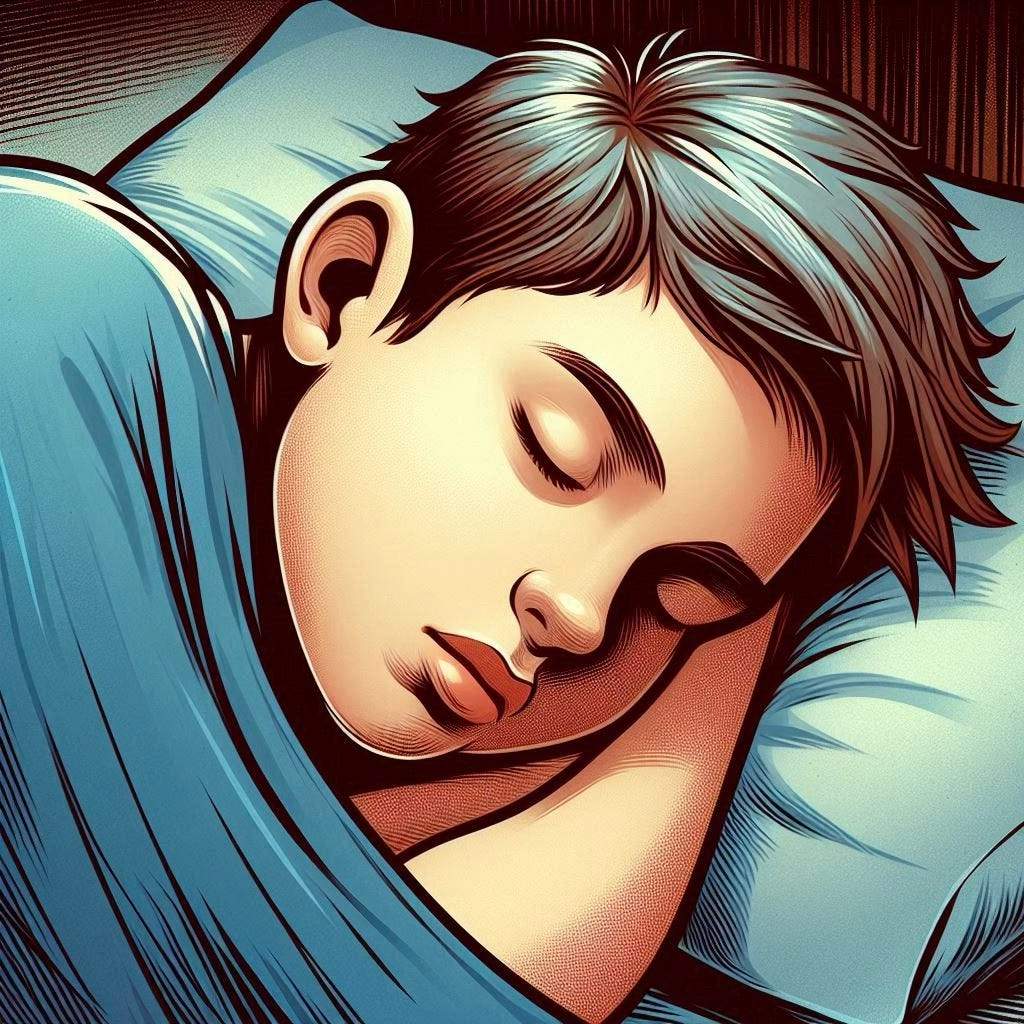Life On Mars #10
Boosting resilience through exercise, stress and depression in teenage girls, and a sleep intervention that works
This edition of Life On Mars looks at a study showing that exercise can boost psychological resilience and assesses some limitations of a piece of research that tries to explain why stress and depression are higher in girls than in boys. It also summarises a sleep intervention that’s been hugely successful in insomniac teenagers with poor mental health, and what the rest of us may be able to learn from it.
Exercise boosts psychological resilience and dampens anxiety
Study title: Is Physical Exercise Associated with Reduced Adolescent Social Anxiety Mediated by Psychological Resilience? Evidence from a Longitudinal Multi-Wave Study in China (March 2025)
Links between exercise and good mental health are well established: there’s a reason beyond the physical that doctors and newspaper columnists are always telling us to go to the gym. Some of the reasons that exercise is linked to good mental health are physical – being active triggers the release of hormones such as dopamine and endorphins, which can dampen feelings of anxiety, and regular exercise appears to lower the stress hormone cortisol. For those who exercise with other people, it also has social benefits including better relationships and a sense of belonging.
This study investigated links between exercise, social anxiety and psychological resilience by surveying more than 1,000 Chinese teenagers and younger children four times over the course of a year. The research team defined psychological resilience as ‘the capacity to maintain mental balance and swiftly recover from stress and challenges’. They found that exercise directly reduces social anxiety, as well as an indirect effect – it builds psychological resilience, which itself reduces symptoms of anxiety.
Some of this effect is likely to be cultural. Teenagers in China are encouraged to use group activities to create support networks. But there are implications for other cultures, too. It seems that overcoming obstacles in sport can build resilience, as can the connections forged with other people and the self-belief that comes from being able to run a personal best, score a goal or lift a new weight. There appears to be a small age-related difference that comes out of this research, too – younger teenagers may benefit most from team sports that build social support, while older teenagers may benefit from the self-directed exercise that can build their self-belief.
Takeaways: exercise is good for teenagers in all sorts of ways – it builds mental and physical health, social connections and resilience. It reduces social anxiety directly, and indirectly by building teenagers’ resilience. Team sports may be particularly beneficial for younger teenagers. The short takeaway: if teenagers are sedentary, create opportunities for them to move.
Patchy study looks at links between stress and higher rates of depression in teenage girls
Study title: Why are adolescent girls more prone to stress-induced depression? Testing moderation, mediation, and reciprocal causality in a three-wave longitudinal study (March 2025)
This study looked at changes in stress and depression in 1,612 Croatian teenagers to try to understand why depression in girls after puberty is significantly higher than it is in boys. The basic design was solid – testing a decent-sized sample over time to track changes, although some of the execution was less so: the researchers don’t appear to have limited data analysis to the same group of teenagers at each time point, and a large number was excluded.
There’s a known link between experiencing stressful events and the later onset of depression. The study team set out several possible reasons for girls experiencing more depression than boys. These included underlying biological differences; that girls experience more stress than boys and each highly stressful episode lowers the threshold at which depression may set in; and that they are more prone than boys to find social rejection and stressful relationships difficult. There is also a theory that draws these different elements together, linking temperament with biology and differences in the way their brains work – girls are more likely to ruminate about difficult experiences, for example.
The researchers found that girls experience more stress and replicated previous research showing more depression in girls than in boys. Their results showed links with traits that tend to be consistent over time, like neuroticism and emotional (in)stability – it may be that temperament, biology and differences in the way girls think either make them more sensitive to stress or prone to using less successful ways of coping with it.
Takeaways: this study misses nuance and detailed understanding of the broader environment. It doesn’t talk about the fact that girls are more likely to internalise (their stress goes inwards in a way that affects mental health) and boys are more likely to externalise (acting up as a result of how they are feeling). It doesn’t mention physical activity – teenage girls tend to be less active than their male peers, which we know (see the first study above!) has strong links to mental health. The broader context for stress is also missed – that girls experience particular appearance-related pressures and that they experience more sexual harassment than boys, for example, or the particularly nasty ramifications of porn for both sexes.
Finally, it doesn’t take a nuanced approach to the discussion of stress. Some types of stress are good for teenagers – they build resilience and make them less vulnerable to experiencing poor mental health. A more useful study might look at which types of stresses are linked to poor mental health and how this varies by sex, and which ones are good – and under what circumstances – for growth.
Intervention helps teenagers with mental health difficulties to sleep better
Study title: Improving Access to Help With Poor Sleep Across Youth Mental Health Services: Interim Implementation and Clinical Outcomes (March 2025)
Cognitive behavioural therapy for insomnia (CBTi) has a solid evidence base showing that it works to improve sleep. In-person CBTi is hard to access on the NHS; digital alternatives aren’t yet widespread and tend to be targeted at adults.
This study attempted to fill an evidence gap on youth CBTi by developing ‘The Better Sleep Programme’, through which practitioners were trained to support teenagers and young adults attached to a mental health service. The programme focused on education, stimulus control (helping participants to re-learn that bed is for sleep), improving participants’ drive for sleep and using light effectively. Participants were taught only to go to bed when they felt tired and, for those who slept late, their waking-up time was gradually made earlier.
Those who took part had, on average, much better sleep across a range of measures by the end of the programme. Over three-quarters of those who took part met the threshold for clinical insomnia at the beginning; by the end, this fell to just one in five, suggesting that this programme worked very well for teenagers and young adults.
Takeaways: for teenagers with mental health difficulties and poor sleep who can access CBTi on the NHS, it seems well worth a go. For those who cannot, parents may be able to support their children with some of the programme’s broad-brush recommendations, such as only going to bed when they are ready to sleep and using daylight effectively (for example, by getting outside as soon as they wake up). I might add a few from elsewhere in the research – not using screens too close to bedtime, keeping lamps dim in the evening, being physically active during the day, avoiding caffeine in the afternoon, and keeping bedrooms cool, comfortable and dark.
Earlier this month I took part in a panel discussion for the Royal College of Psychiatrists about the rising prevalence of mental illness in young women, which was screened as part of International Women’s Day. The recording of the talks and discussion is available here.
If you have read and haven’t yet reviewed my book about teenagers, I’d be incredibly grateful if you were able to do so here.
Please comment below and share this Substack with anyone you think might find it interesting.





